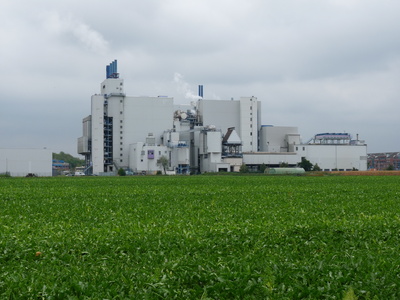With the release of the policy briefing “What Role for the Treatment of Non-Recyclable Waste in the EU Taxonomy?” ESWET welcomes the adoption by the European Parliament of the EU Taxonomy Framework as a decisive step towards climate-neutrality and a greener Europe.
The Platform on Sustainable Finance will now define technical screening criteria to determine whether a given activity is “taxonomy-aligned”. ESWET invites the Platform to define technical criteria for Waste-to-Energy considering its role within the waste hierarchy, its complementarity with recycling and its impact in landfill diversion.
A green transition in the waste management sector can only be achieved with a comprehensive approach considering the complementarity of the different levels of the waste hierarchy.
The potential of landfill diversion to reduce greenhouse gas emissions should not be underestimated: between 1995 and 2017, while the total amount of municipal waste treated increased by 13%, the amount of landfilled waste fell by 60% and greenhouse gas emissions from waste dropped by 42%, according to the EEA.
“Today, the EU is not done with the landfill issue as several Member States landfill more than 70% of their municipal waste. Non-recyclable waste will not disappear in the next years and is likely to end up in landfills if we don’t take the appropriate actions.“ said Patrick Clerens, Secretary General of ESWET
The lack of capacity of ultimate residual waste has been stressed by the recycling industry and estimates show that further investments in residual waste treatment capacity are needed to achieve the EU waste targets.
In this context, Waste-to-Energy makes sure that non-recyclable waste is safely treated and still used as a resource. Waste is recovered into electricity and heat and sent to district heating networks and to electricity grid. Waste-to-Energy is also a provider of secondary raw materials by recovering significant amounts of ferrous and non-ferrous metals from incineration bottom ash.
Thus, ESWET invites the Commission and the future Platform on Sustainable Finance to take the topic of residual waste into account and also Waste-to-Energy’s contribution to the circular economy and climate change mitigation as well as the investments required to complete landfill diversion of non-recyclable waste and the resulting decarbonisation.
The full policy briefing “What Role for the Treatment of Non-Recyclable Waste in the EU Taxonomy?” is available here.






